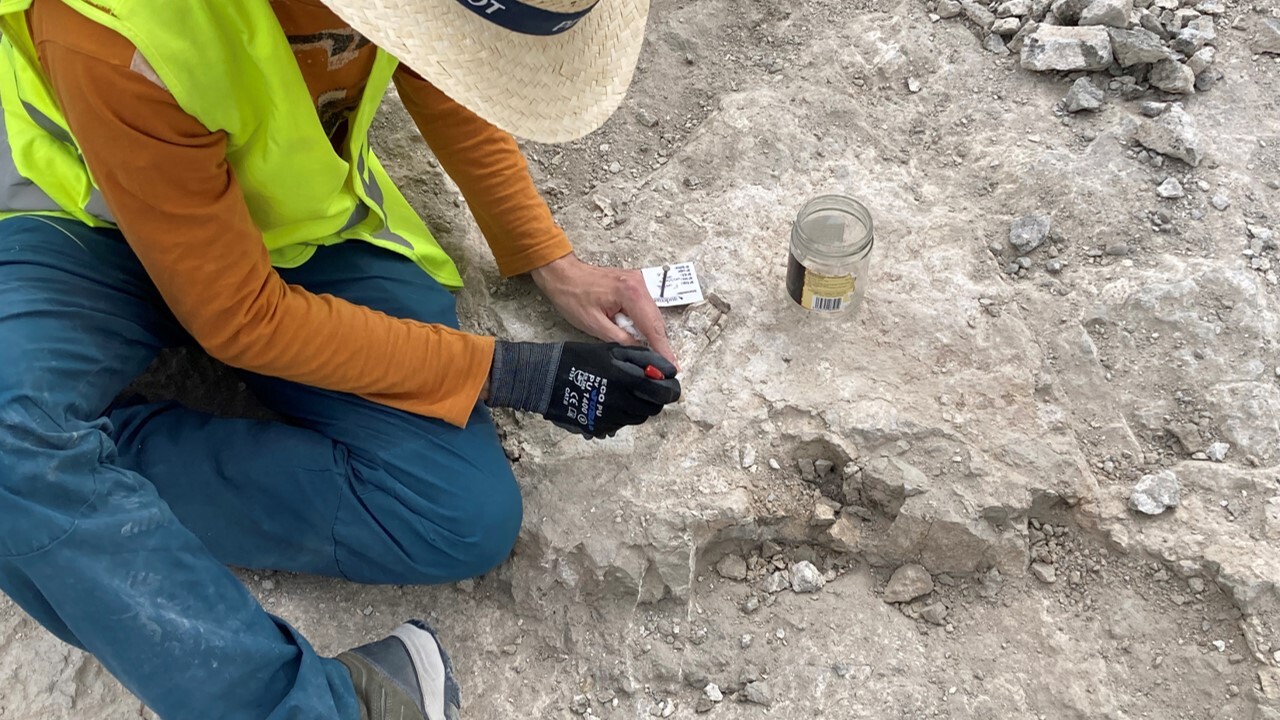Eight pachyderms that lived 14 million years ago died at the same time due to an extended drought
/cloudfront-eu-central-1.images.arcpublishing.com/prisa/KI73WVODH5G4RL6JIALZCFEB74.jpg)
Fourteen million years ago, a sharp drop in temperatures and extreme drought conditions turned large parts of what is now Madrid into a desert. A group of elephants, in desperate search of food and water, sought refuge in what is now the Atalayuela industrial zone in Madrid’s Villa de Vallecas district.

They failed to find the life-giving water and perished together in a dried-up pond. When the area where they died was selected for new industrial development projects, a research team conducted legally required preliminary excavations and unearthed the well-preserved remains of eight Gomphotherium angustidens specimens with complete jaws, tusks, and femur and humerus bones.

These pachyderms were ancestors of modern African elephants that coexisted with giant tortoises, large carnivores, and primitive horses and deer, according to the Madrid City Council, who sponsored the research. Ironically, after dying from thirst and starvation, a massive flood covered these eight specimens in several meters of mud, which helped preserve and fossilize the bones.
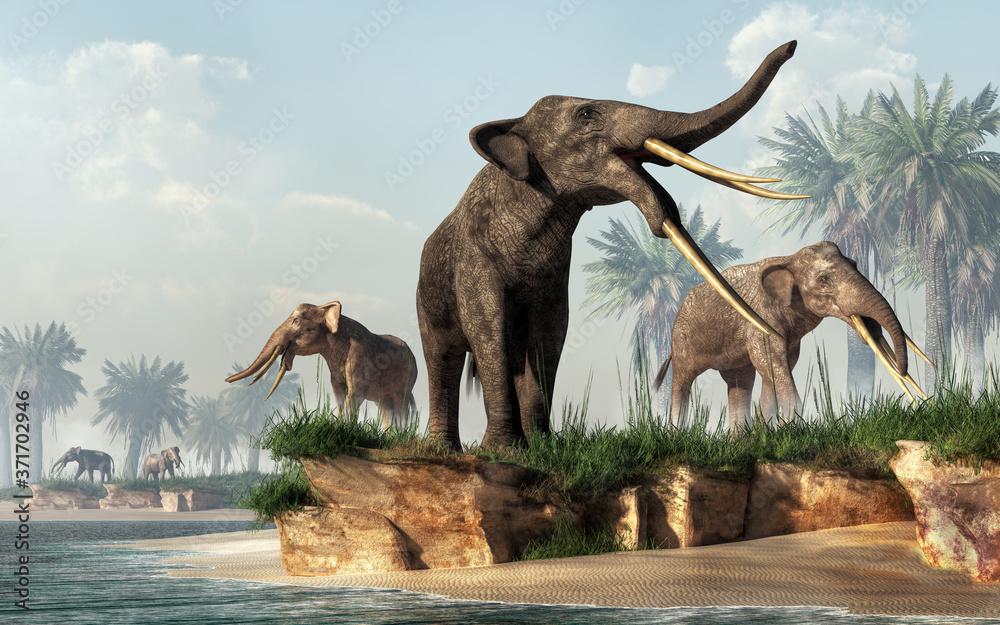
At the time of their extinction, the climate in the central part of the Iberian Peninsula resembled the current desert regions of the Sahel in the southern Sahara, or the border between the Kalahari and Namib deserts in southern Africa, as suggested by previous studies.

This extinct species of pachyderm from 14 million years ago measured around five meters in length and three meters in height, weighing approximately 2.5 tons. It had four tusks: two upper ones that curved downwards and two lower tusks that were slightly shorter.
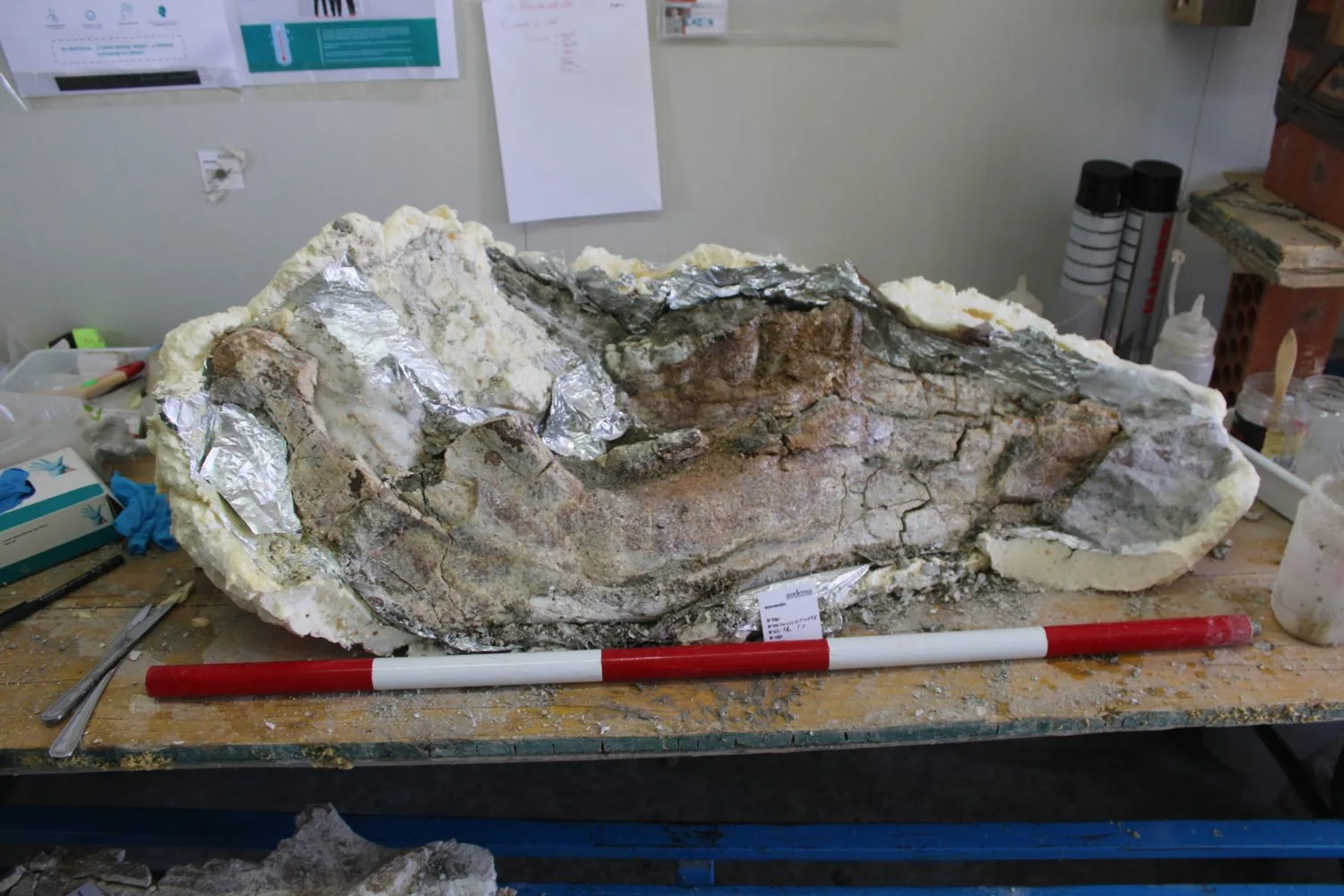
The trunk of this species was shorter than that of modern elephants. In comparison, a male African elephant (Loxodonta africana) today can weigh over eight tons and stand up to four meters tall.
Gomphotherium angustidens lived during the Early and Middle Miocene epoch (between 16 and 5 million years ago) in central and southern Europe, the Arabian Peninsula and northeastern Africa, from Tunisia to Kenya.
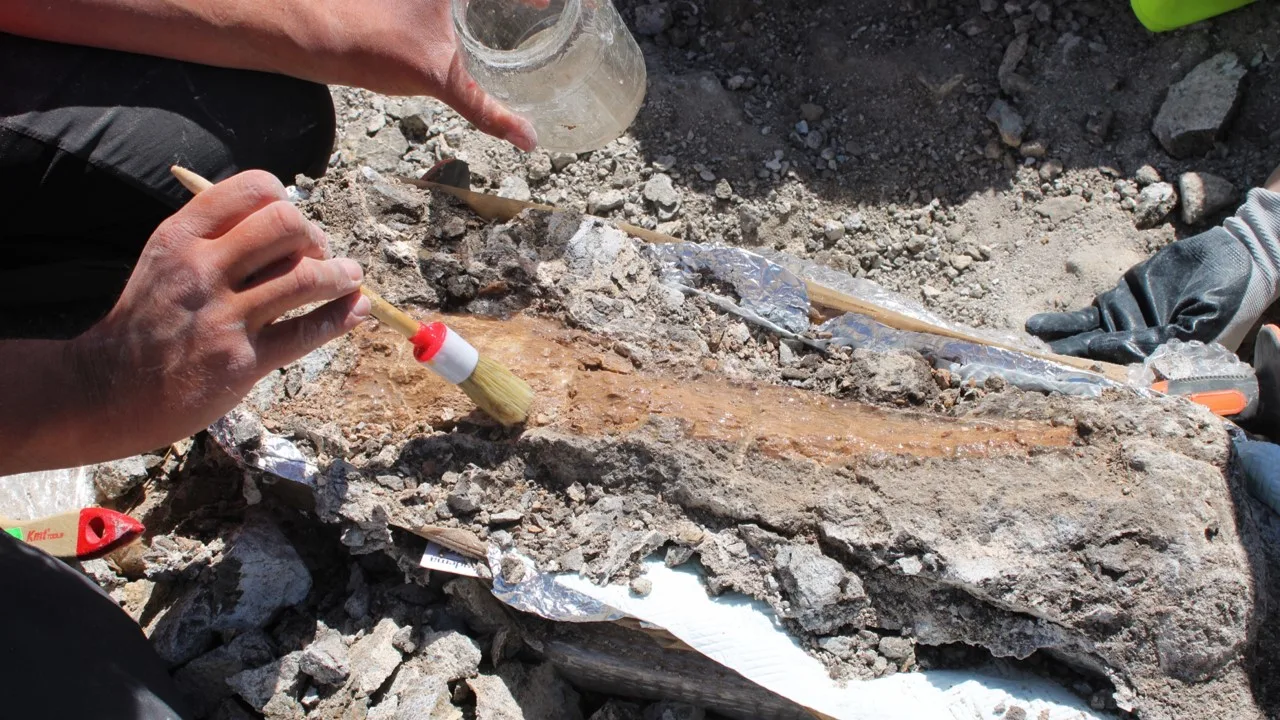
Remains of this species have been discovered in various locations in the Iberian Peninsula, including Somosaguas and Vía Carpetana in Madrid, as well as Villafeliche in Zaragoza. Elephants lived on Earth before hominids appeared in Europe, which happened around 1.4 million years ago in Atapuerca (northern Spain).
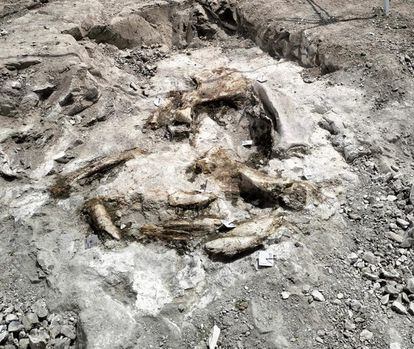
According to the Madrid City Council, site exploration began in March and concluded in August. An 800-square-meter area was excavated, and the bones have now been turned over to the Regional Archaeological Museum of Madrid in Alcalá de Henares. Spain’s National Museum of Natural Sciences is currently conducting a detailed study of several loaned specimens.
The research was led by Alessandro Giusto, with archaeologists Jorge Morín and Marta Escolà from the Audema/Gocsa consulting firm. It was funded by the Ortiz construction company, sponsored by the Madrid City Council, and overseen by Inmaculada Rus from Madrid’s General Directorate of Cultural Heritage.
